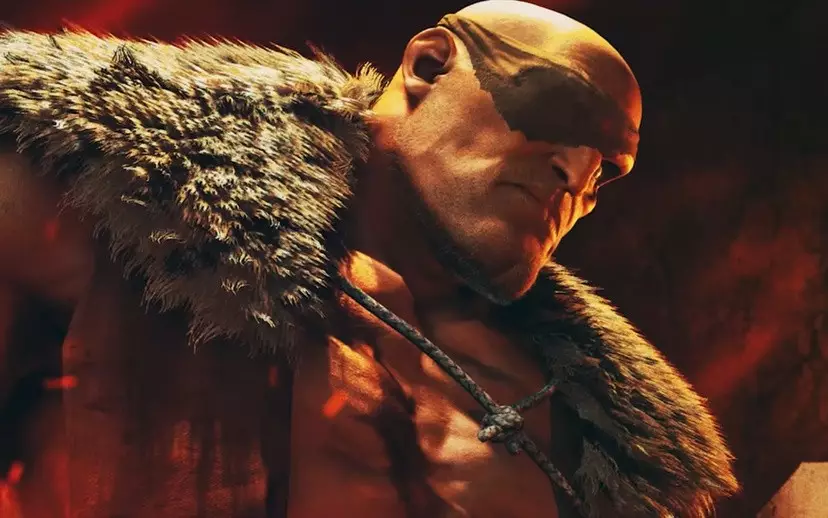Street Fighter 6 continues to redefine how classic franchises embrace modern gaming trends by seamlessly blending nostalgia with fresh content. The recent announcement of Sagat’s return is more than just a character addition—it’s a strategic move that taps into the deep-seated love fans have for the Muay Thai icon. This isn’t merely about expanding rosters; it’s about honoring a legacy while driving the franchise’s evolution forward. Capcom’s decision to anchor Sagat’s comeback with a dedicated Fighting Pass and themed content demonstrates a nuanced understanding: players crave authenticity, exclusive rewards, and new gameplay experiences that resonate emotionally.
This revitalization effort is also evident in the emphasis on supplementary content, such as avatars, music, and illustrations, that elevate the overall user experience. It signals an awareness that fighting games are not only about mechanics but also about cultural expression and personal customization. Capcom seems intent on creating an ecosystem where players feel deeply connected—not just through the gameplay but via curated content that sparks nostalgia and introduces innovative elements.
Strategic Content Releases and Community Engagement
Timing is critical in maintaining community engagement, and Capcom’s approach to releasing Sagat on August 5th, following the Fighting Pass launch on July 4th, exemplifies tactical planning. The early availability of free rewards — including classic games like Tiger Road and various cosmetic items — offers a tantalizing preview of what’s to come. This strategy encourages players to participate proactively, fostering anticipation and sustained interest.
Furthermore, the partnership with Aespa is a masterstroke that highlights how Capcom recognizes the importance of cross-media collaborations in today’s entertainment landscape. This move not only broadens the appeal of Street Fighter 6 but also demonstrates a forward-thinking approach, blending music, pop culture, and gaming into a unified experience. Such collaborations serve as a testament to the franchise’s evolution from a traditional fighting game into a multifaceted entertainment powerhouse.
What This Means for the Franchise’s Future
Capcom’s layered approach—balancing core gameplay updates with expansive, engaging content—shows a confident grasp of modern gaming trends. By meticulously teasing and rolling out new fighters, skins, and side content, they are effectively elevating Street Fighter 6 beyond a mere sequel into a vibrant universe. This not only appeals to long-time fans but also attracts a new generation of players eager for diversified experiences.
However, it’s vital to remain critically aware that as the franchise evolves, risk lurks in over-reliance on nostalgia or superficial content. The true measure of success will depend on Capcom’s ability to innovate gameplay mechanics that keep the fighting fresh, compelling balance updates, and meaningful community feedback integration. The inclusion of additional features like the classic game Tiger Road and support for upcoming consoles suggests a strategic effort to future-proof the franchise, but only time will tell if these updates sustain the excitement long-term.
Overall, Capcom’s current trajectory—with well-timed releases, nostalgic nods, and innovative collaborations—indicates a confident push toward cementing Street Fighter 6 as a cornerstone of fighting games for years to come. It’s not just about adding fighters; it’s about crafting a living, breathing universe that honors its roots while boldly stepping into the future.

